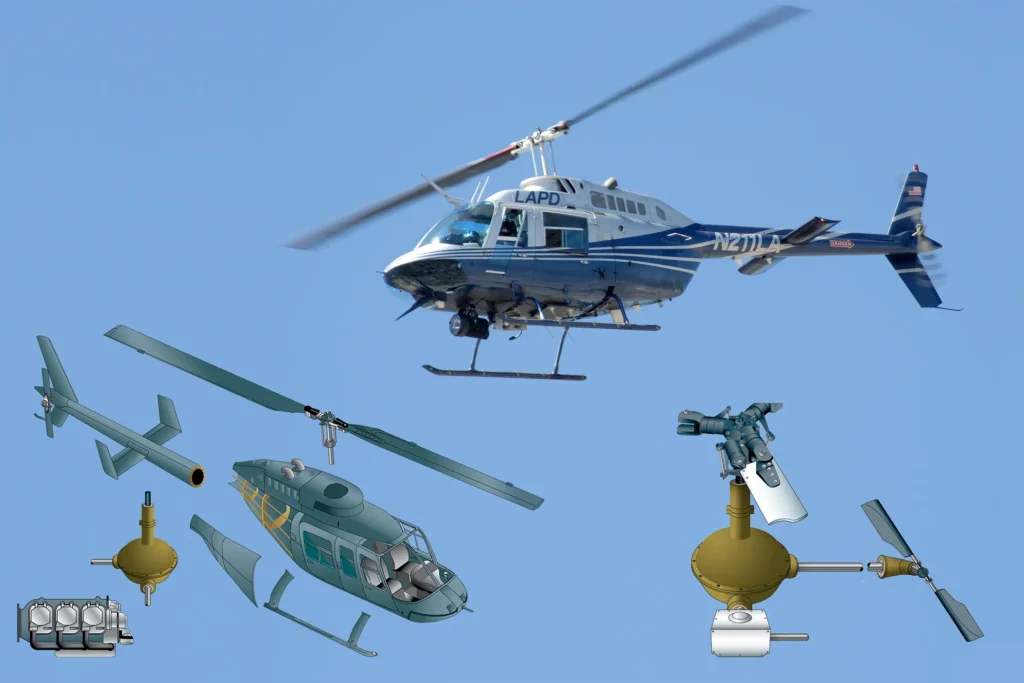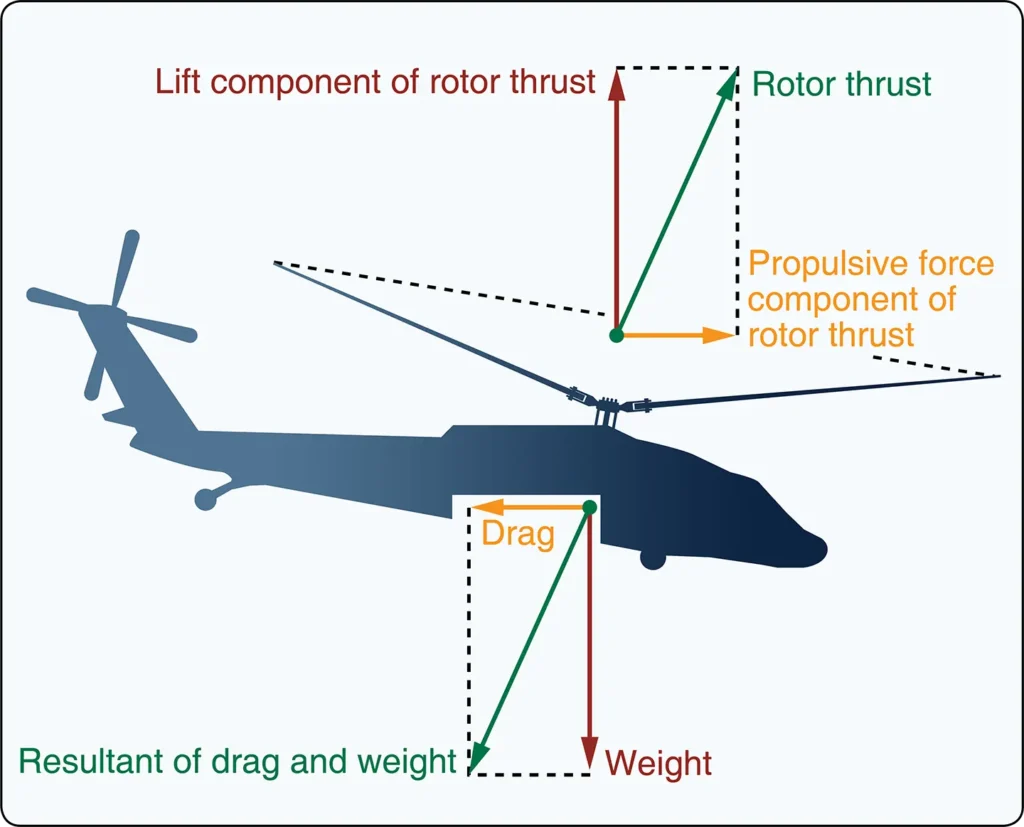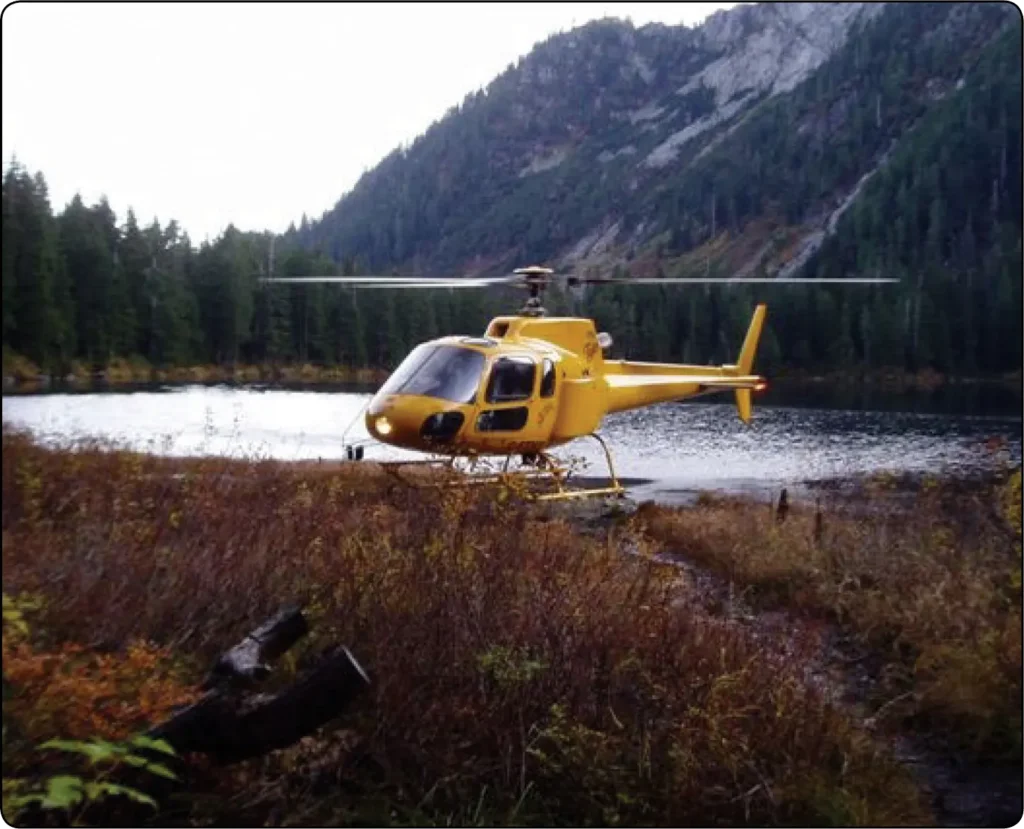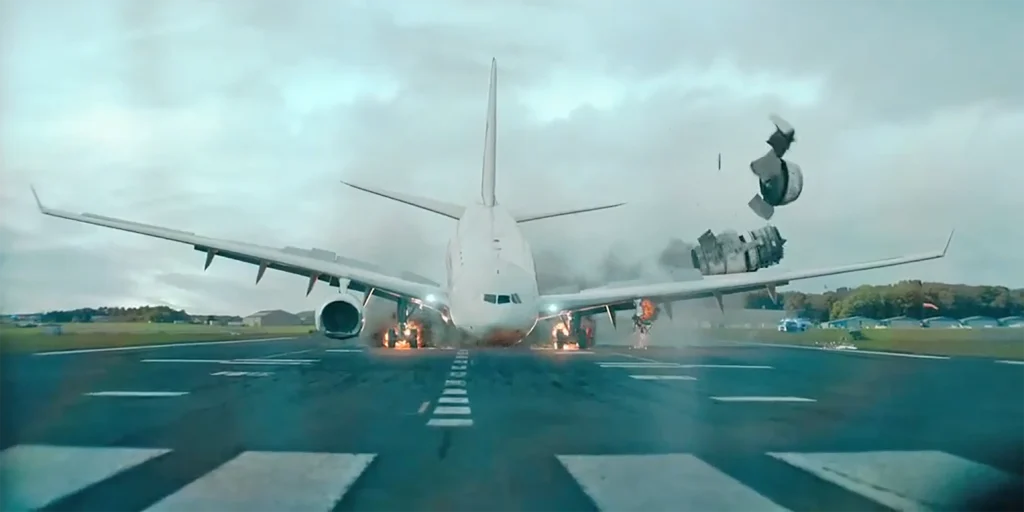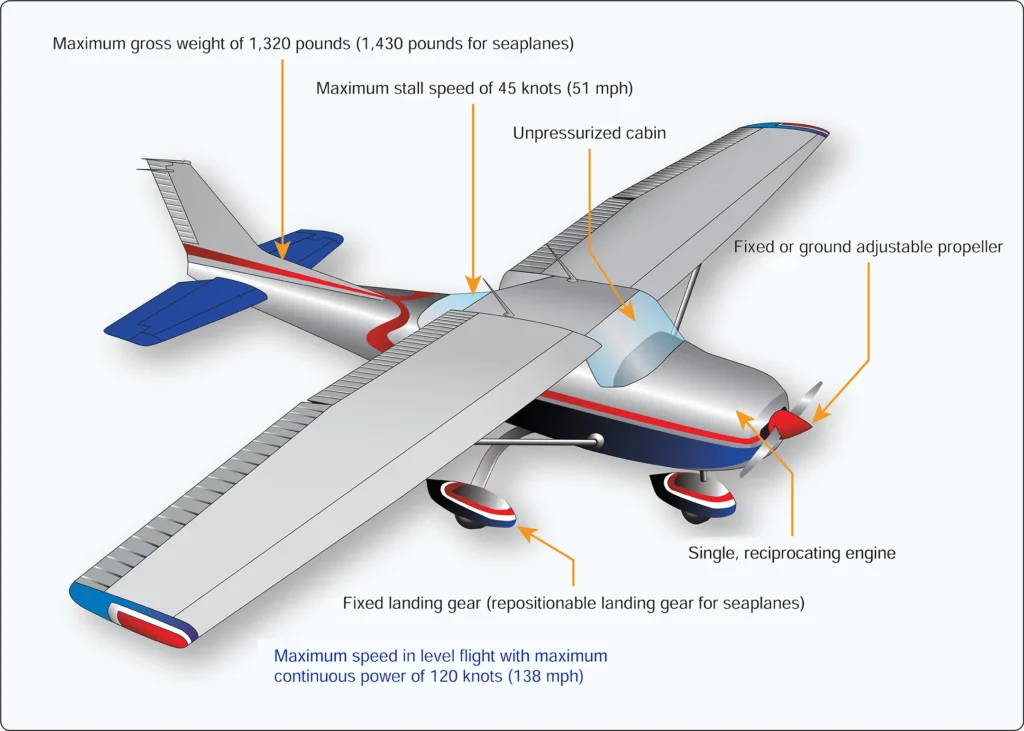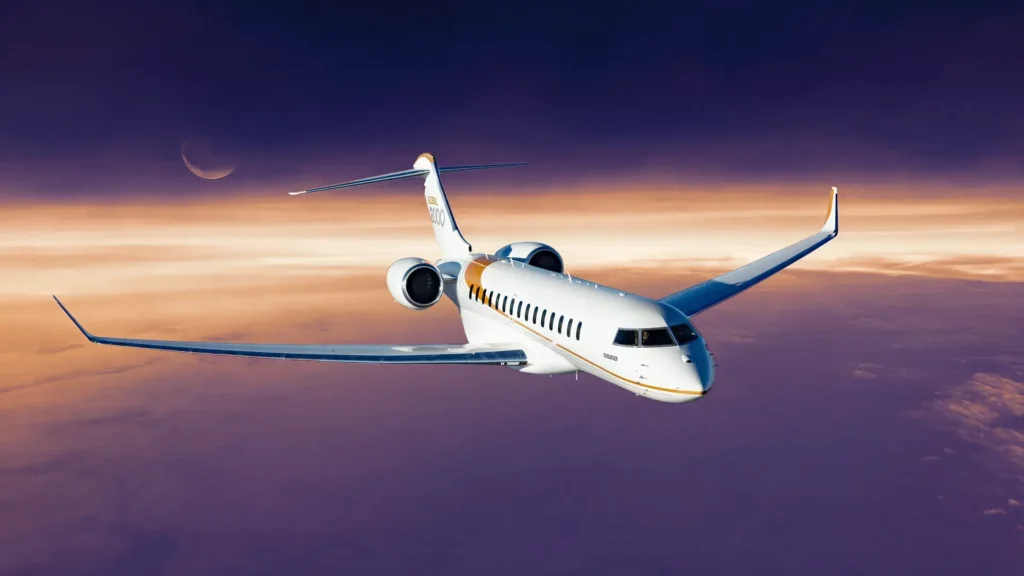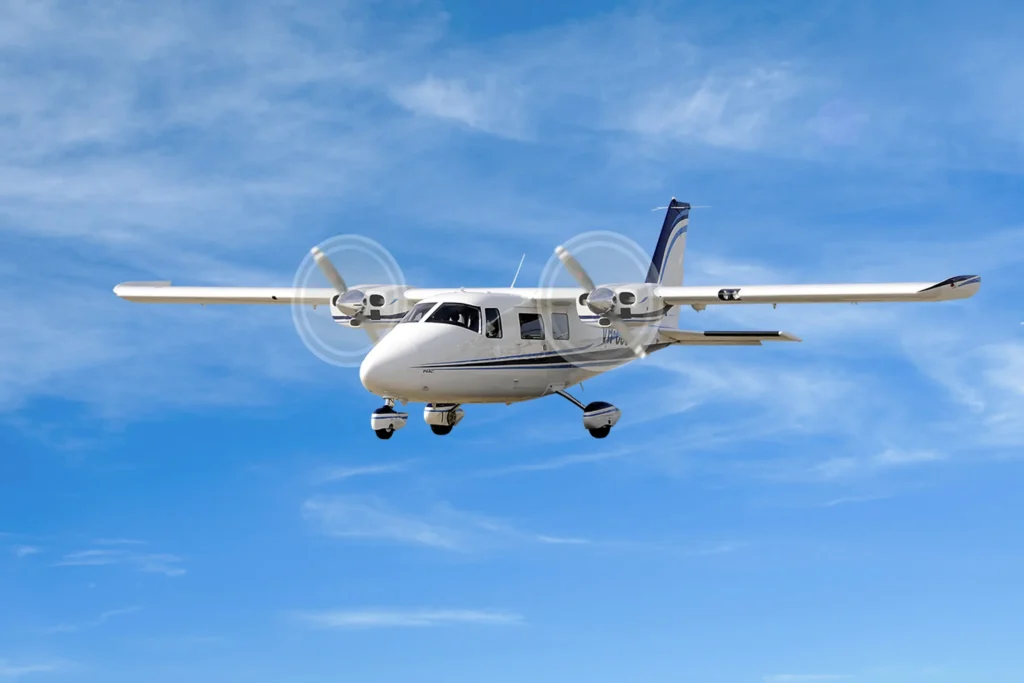Helicopter Advanced Flight Maneuvers
Flying Training, Helicopter FlyingThe maneuvers presented in this section require more skill and understanding of the helicopter and the surrounding environment. When performing these maneuvers, a pilot is probably taking the helicopter to the edge of the safe operating envelope. Therefore, if you are ever in doubt about the outcome of the maneuver, abort the mission entirely or […]

